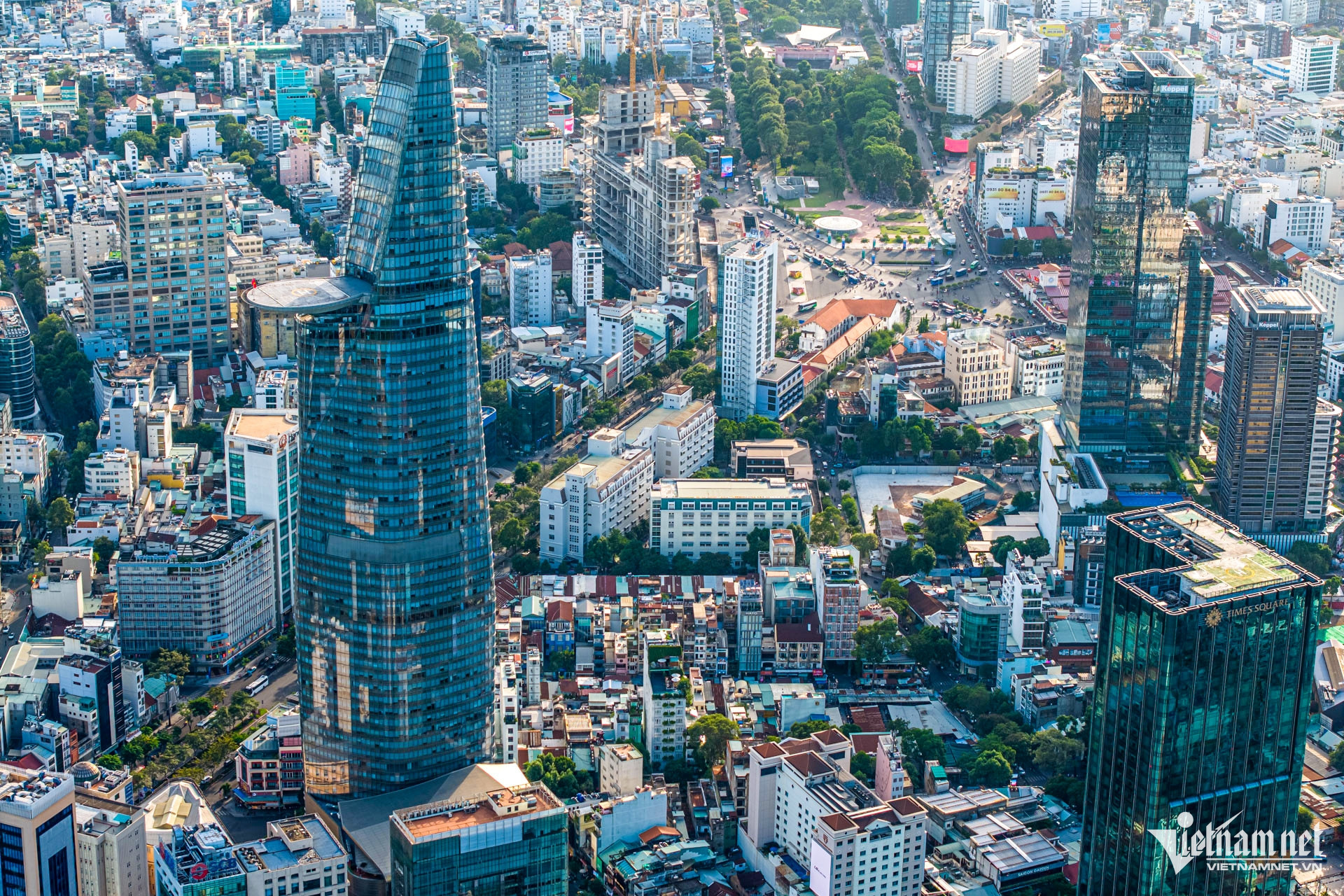The National Assembly has signaled a historic shift in national reform by approving the consolidation of Vietnam’s administrative map to just 34 provincial-level units. The move sets the stage for a governance system streamlined into three tiers - aligning with the global norm observed in the majority of nations.
This reform, along with the downsizing of central ministries and agencies, marks a strategic “reordering of the realm” - a redefinition of Vietnam’s development space and its governance capabilities for decades to come.

Vietnam’s economic and demographic maps show a concentration around the mega-cities of Hanoi, Ho Chi Minh City, Da Nang, and the delta regions. The rest of the provinces have long suffered from fragmented planning, scattered resources, and limited investment appeal.
Starting July 1, newly merged provinces with larger populations and expanded territories will establish cohesive, scalable development zones. The integration of a more prosperous province with a less developed neighbor isn’t subtraction, but synergy. Industrial provinces gain land and labor; agricultural ones tap into logistics and processing hubs; mountain provinces gain coastal access, and vice versa.
The 34 new provinces will form 34 economic ecosystems capable of attracting major investors and executing large-scale projects. The reform calls for a new generation of provincial leaders - bold, visionary, and accountable.
A standout strategic move is the push toward “the open sea.” Post-merger, 21 of 34 provinces will have coastal access, raising the coastal ratio from 44% to nearly 62%. Ho Chi Minh City, merged with Ba Ria - Vung Tau and Binh Duong, now manages the deep-water port cluster of Thi Vai - Cai Mep, one of the world's top 20 ports. This not only boosts Vietnam’s maritime ambitions but restructures logistics nationwide, lowering costs and increasing global competitiveness.
Vietnam’s current four-tier system - central, provincial, district, commune - has long been criticized for excessive bureaucracy, overlapping authority, and slow decision-making.
According to General Secretary To Lam, while about 80% of countries operate with three administrative levels, Vietnam remains among a minority still maintaining four. The reform will eliminate the district level, allowing policies and decisions to flow directly between province and commune.
This streamlining removes thousands of redundant offices and personnel, cutting overlapping procedures and dramatically improving policy implementation speed. The new model enhances decentralization: provinces handle macro-planning and governance, while communes gain autonomy and direct responsibility for local affairs - true to the principle “local decisions, local execution, local accountability.”
This reform is synchronized with central government restructuring, reducing ministries and agencies from 30 to 21. It reflects a high-level political determination for comprehensive reform, ensuring consistency from top to bottom.
A leaner, more effective central government - freed from overlapping responsibilities - can better coordinate national resources and strategy. By merging ministries with similar functions, Vietnam is transitioning from sectoral thinking to integrated policy making, shifting from extractive governance to inclusive governance.
This overhaul equips the government to act as a master planner of national development rather than being bogged down in micro-management.
Vietnam’s 2025 provincial mergers and administrative restructuring mark a profound rethink of national planning and statecraft. It sets the stage for unlocking internal resources, fostering globally competitive economic hubs, and building a modern, efficient government.
There will be adjustments and challenges ahead - from local to national levels - but with consensus across government and society, this merger could be the turning point for Vietnam’s transformative leap in the coming decades.
Tu Giang